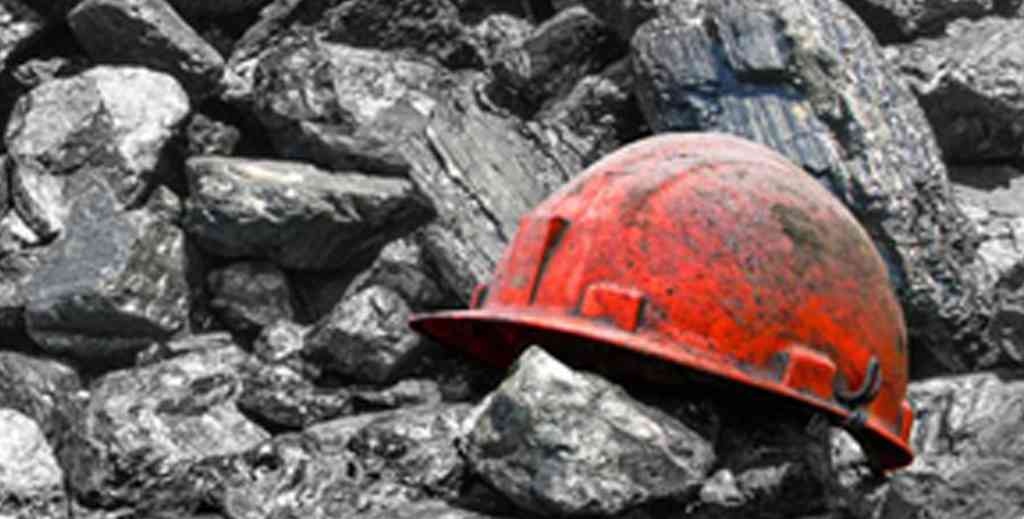

Black lung cases increasing among US coal miners
Staff Writer | April 20, 2022
In a paper published in the Annals of the American Thoracic Society, the scientists explain that even though silica is safe in rock formations, breathing in silica dust is highly toxic and prolonged exposure to silica dust can lead to severe lung disease.
The study points out that from 1970 to 2005, the rate of black lung cases among coal miners had been declining, largely due to improved occupational health practices required by federal regulations. However, since 2005, black lung cases, in general, have seen a three-fold increase and long-term coal miners have seen a 10-fold increase in the number of people affected by the disease.
When comparing the lung tissue of the current generation of coal miners to lung tissue collected from miners from previous generations, silica seemed to be the common denominator that explains the previously unexplained rise in black lung cases.
“Mineralogic analysis showed the percentage (26.1% vs. 17.8%, p<0.01) and concentration (47.3 x 108 vs. 25.8 X 108 particles/cm3, p=0.036) of silica particles was significantly greater in specimens from contemporary miners compared to their historical counterparts,” the study reads.
The change in silica exposure among coal miners is likely explained by changing mining practices initially adopted in the 1950s, as the coal industry started using mechanized coal extraction devices. The powerful machinery enabled companies to extract large swaths of rock above and below the coal seams, which is much easier than mining focused on narrow veins of coal. This resulted in the generation of more silica dust.
In addition to providing an explanation, the study helps mine companies and federal regulators to better understand the steps that must be taken to prevent future cases of black lung.
“Reducing coal miner exposure to silica dust is essential to prevent further black lung cases,” Robert Cohen, lead author of the paper, said in a media statement. “This study provides clear, actionable evidence for the Mine Safety and Health Administration (MSHA) to establish specific silica dust exposure limits to protect coal miners from the known dangers of black lung disease.”
Cohen mentioned that the current MSHA silica standard of 100 ug/m3 was established in 1969 and has not been revised since. By contrast, the Occupational Safety and Health Administration has established a much more protective silica exposure limit of 50 ug/m3 for other non-mining occupations.
Click here to download the paper.
Thanks for the share, PMJ!
"Always be nice to your children because they are the ones who will choose your…
Toolbox Talk- Accountability No one wants to learn by mistakes, but we cannot learn enough…
Safety Tidbits Ergonomics Reminder - Correct Posture Tips -Hands - wrists and forearms should be…
Cutting coal only hurts the US and won’t stop climate change by Liberty Vittert, Opinion…
We can mine more coal, but who will buy it- Story by Source: WVNews- Curtis Tate…
This website uses cookies.